Dueling Fuels
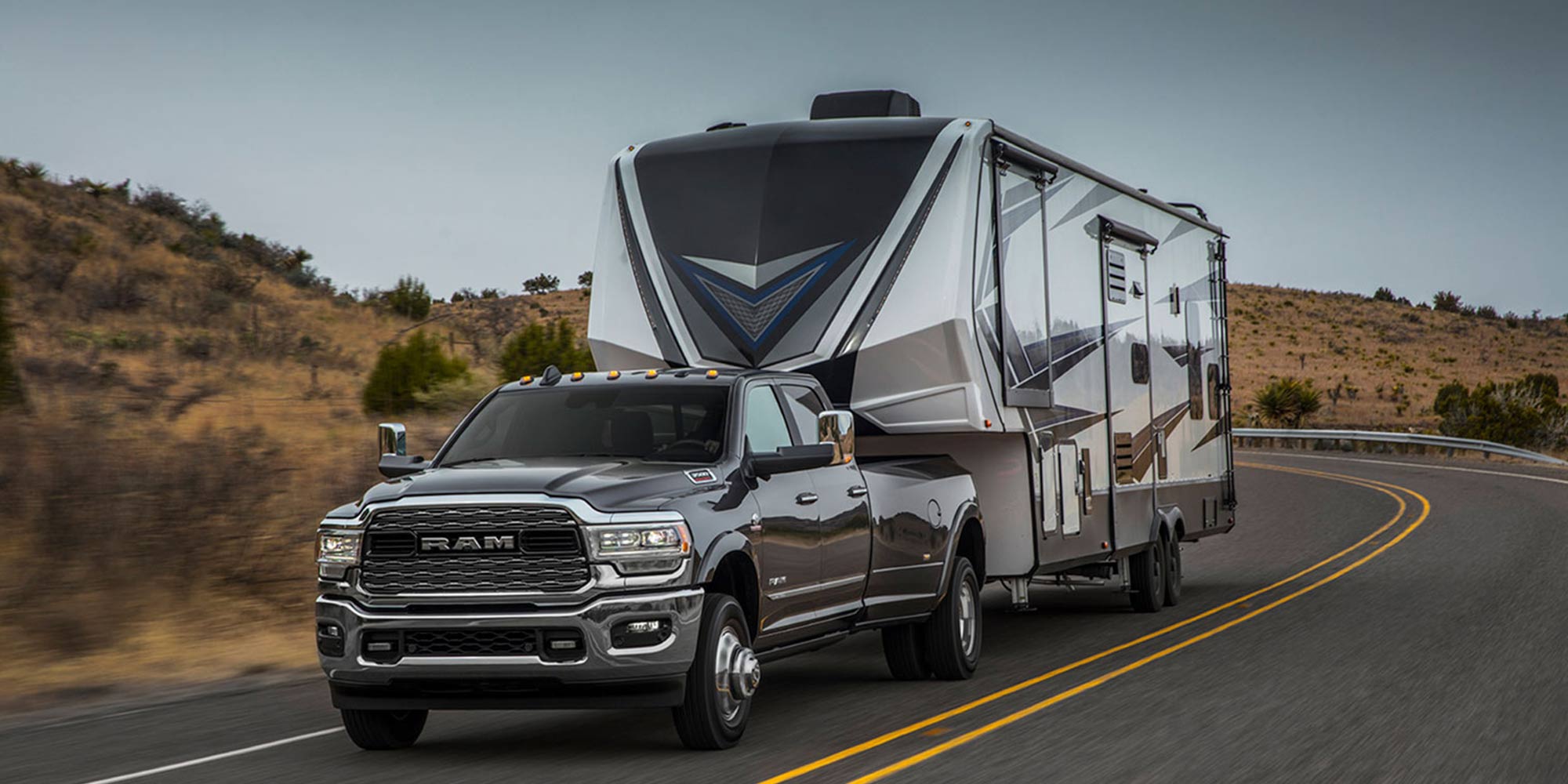
But technology has changed radically in the last few years. There are now small six-cylinder diesel engines in half-ton trucks that rival the performance — and surpass the fuel economy — of their gasoline counterparts. And there are new gasoline V8’s available in 3/4- and 1-ton trucks that can tow nearly as much as a diesel option — and cost around $10,000 less. Diesel engines do tend to last longer, but it’s not uncommon today to get 150,000 or 200,000 miles out of a well-maintained gasoline engine, which begs the question: Is the added cost of a diesel engine worthwhile today?
Cost Analysis
When considering a diesel, cost is always the primary consideration. Diesels have always commanded a higher price tag, owing not only to the heavier-duty components of the engine itself but all the ancillary items that go along with it. However, ever-stringent emissions-control regulations have driven costs even higher.
In the year 2000, the United States Environmental Protection Agency (EPA) adopted new guidelines designed to reduce emissions from on-road heavy-duty trucks and buses by up to 95% and cut allowable levels of sulfur in diesel fuel by 97%. Beginning with the 2007 model year, 100% of on-road diesel trucks required the use of a diesel particulate filter, and by the 2010 model year, 100% also required NOx exhaust control technology. As a result, today’s trucks are equipped with a complex Selective Catalytic Reduction (SCR) exhaust after-treatment system that requires a continuous diet of Diesel Exhaust Fluid (DEF, a solution of 32.5% urea and 67.5% de-ionized water) to break down NOx emissions into harmless nitrogen and water.

“Due to their additional emissions-related components, diesels tend to cost more upfront, yes,” said Kendall Fulton, General Motors global chief engineer, diesel engines. “But depending on a customer’s usage and needs, diesels may be a more cost-effective option due over time, thanks to their superior fuel efficiency and durability. Customers that plan on driving a lot of miles, especially while towing, will see long-term cost savings at the pump while enjoying that stellar low-end torque.”
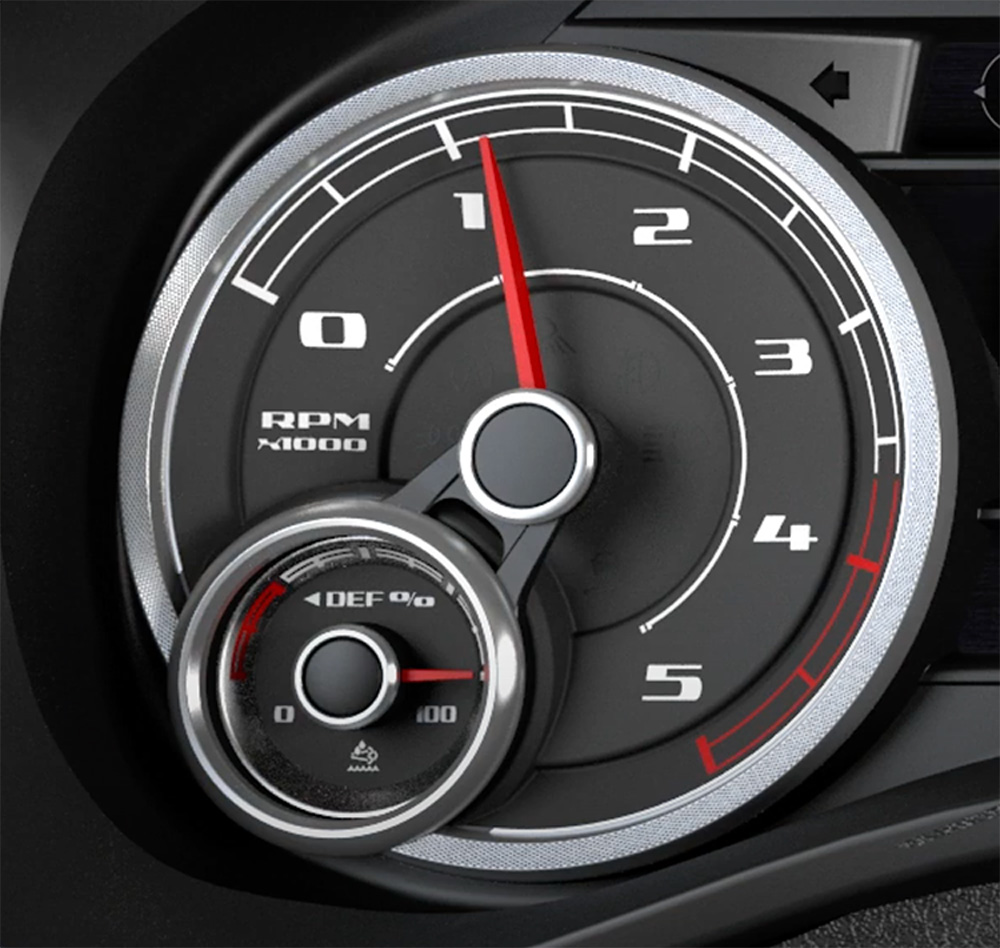
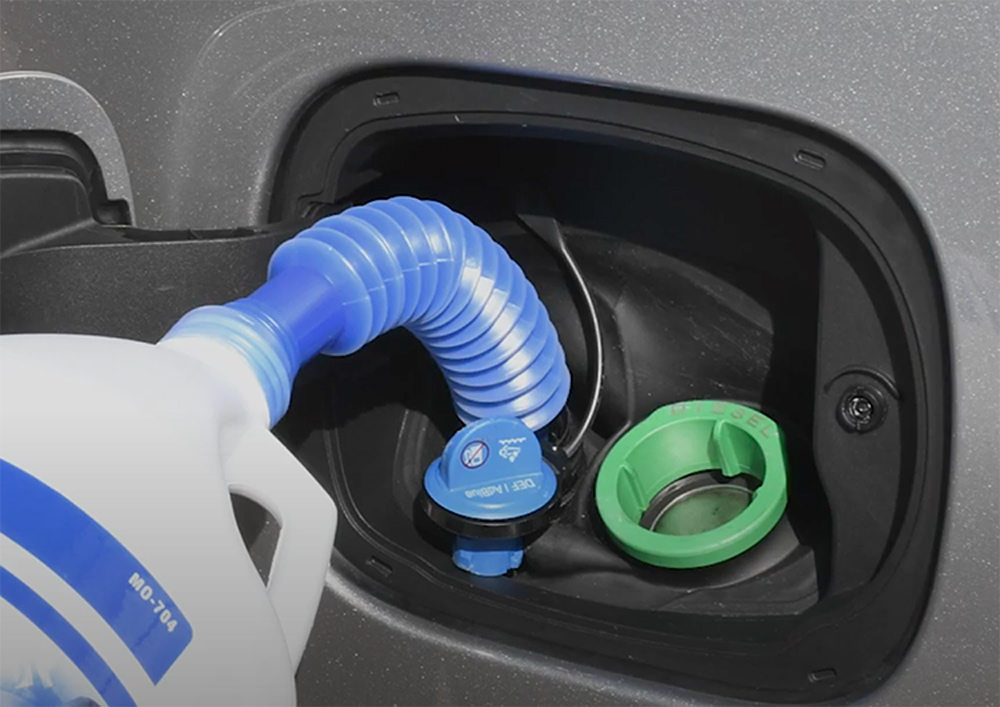
Considering that heavy-duty trucks are not required to post fuel economy ratings, comparing mileage figures against an available gas engine isn’t so cut and dry.
“It depends on customer usage, so each customer would need to calculate their fuel economy in addition to the DEF usage and oil-change cost and frequency,” said Peter Lyon, manager of diesel propulsion systems calibration for Ford Motor Company. “Our fleet customers track cost of ownership closely and can make a precise decision of powertrain selection based on very accurate expected overall costs — and very often select diesel engines based on their usage profiles,” he said.
“Always consider your use and length of ownership,” added Romain. “In some cases, the weight you haul will require a Ram 2500 or 3500 HD with Cummins 6.7-liter. If not, the 6.4-Hemi is a great option and reduces upfront costs. Each owner has a different need and it’s up to them to crunch numbers.” To wit: A Ram 2500 4×2 Crew Cab Tradesman with the 6.4-liter Hemi gas engine can tow up to 17,190 pounds, while the same truck with the standard output 6.7-liter Cummins tows 19,290 pounds — a difference of 2,100 pounds. So, in the case of a trailer that weighs between 10,000-15,000 pounds, for example, it may not make sense to spend the extra money on a diesel — at least from a budgetary standpoint.
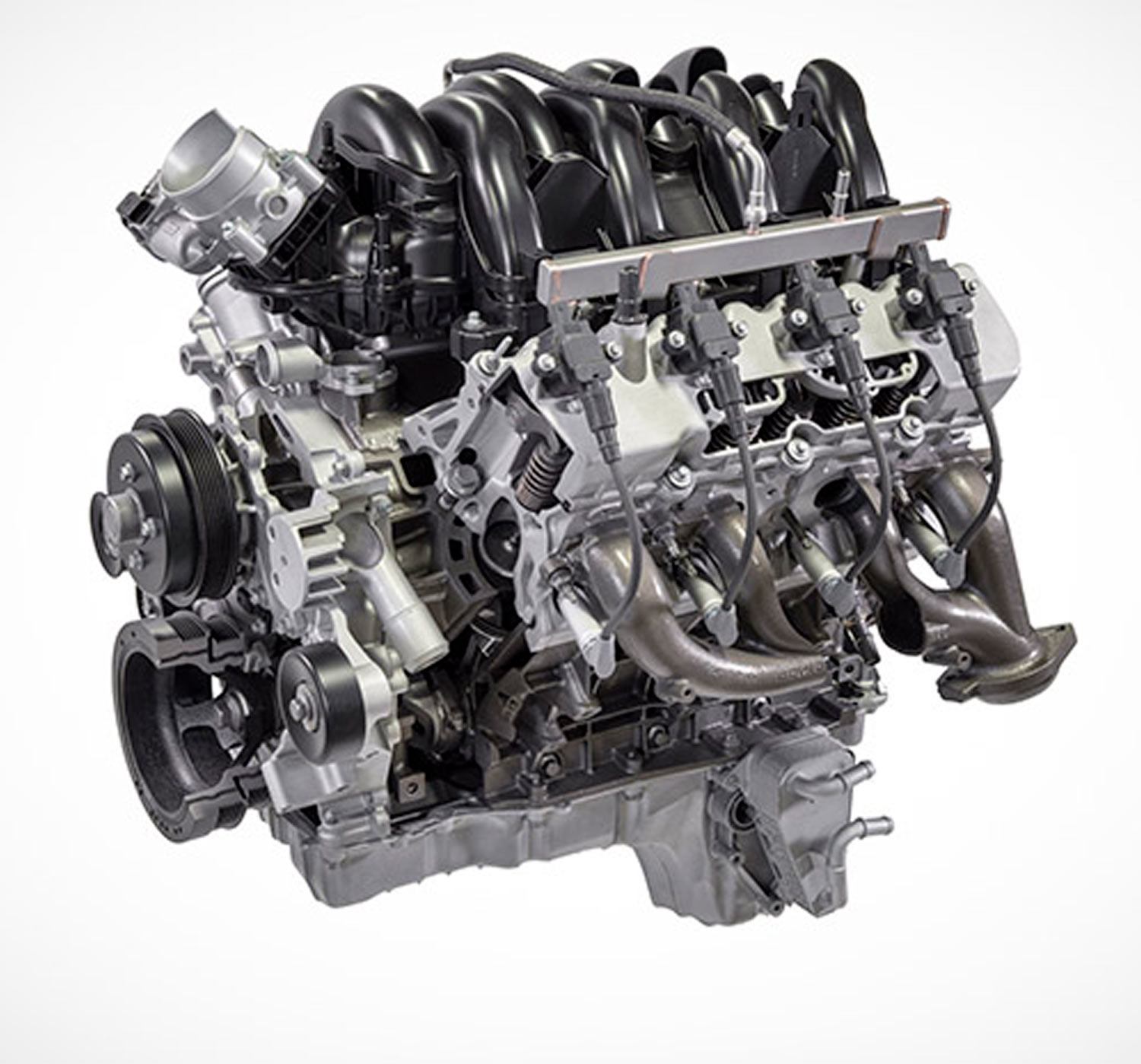
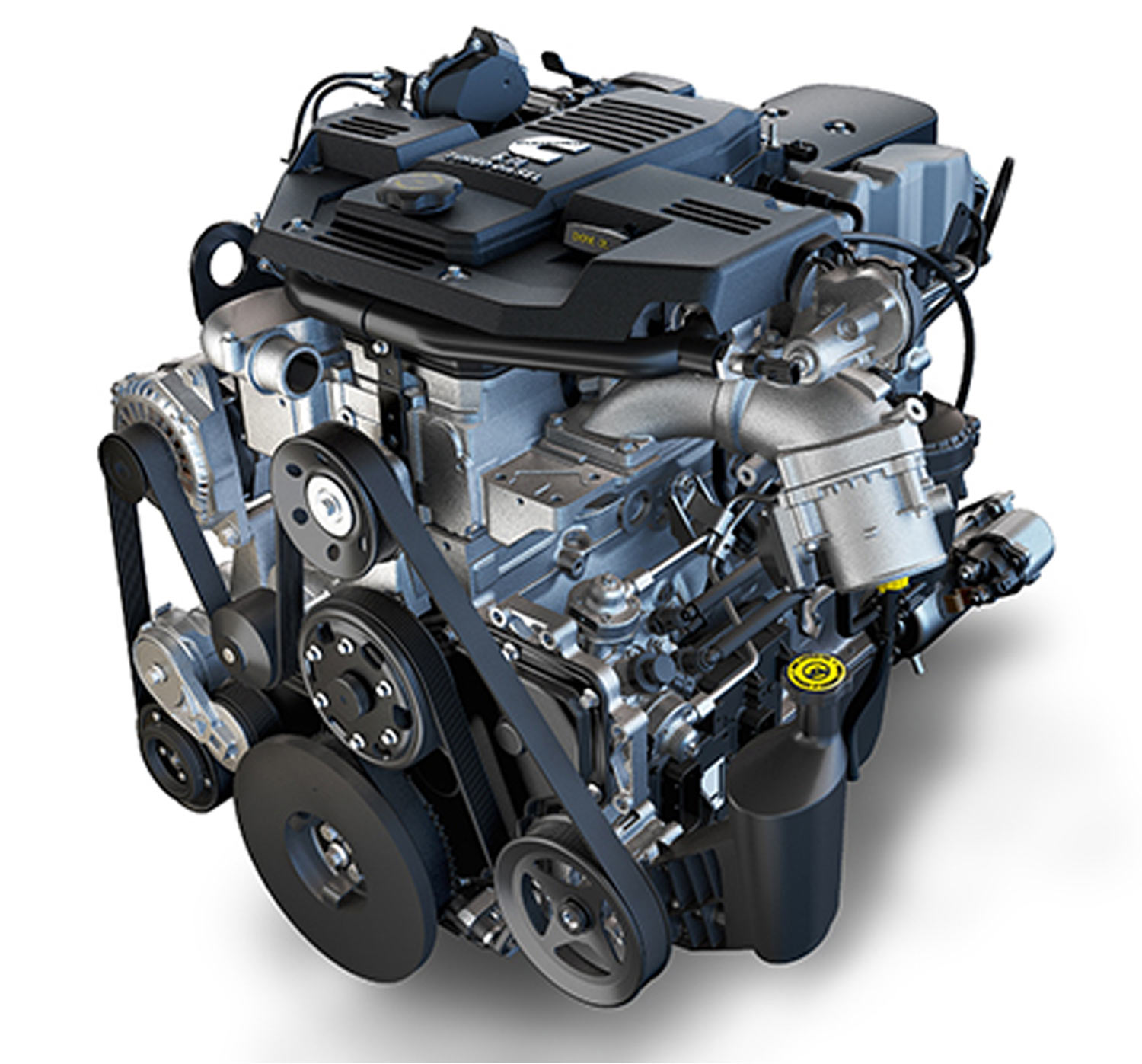
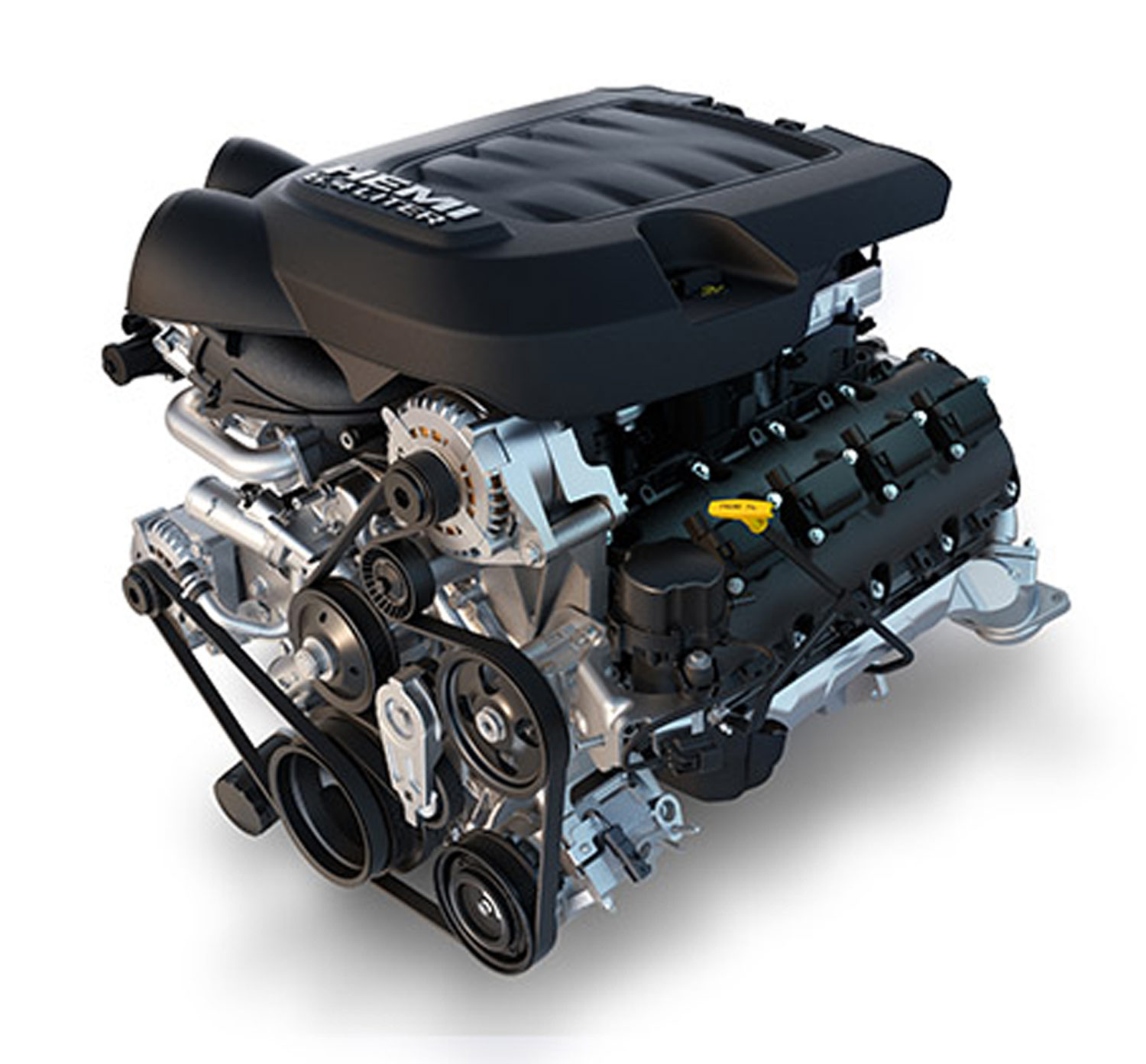

Convenience may be another vote for diesel power. RV Enthusiast staffers who own a diesel truck note that taking on fuel while towing a large fifth wheel is much easier in a diesel truck than with a gas truck simply because of the way most fuel stations are laid out. Truck stops are designed for 18-wheelers, so they’re large and make it easy to pull up to the pump. By contrast, gas pumps are typically designed for passenger cars, so the pumps are closer together and the islands smaller, making it difficult to maneuver to an available pump with a trailer in tow. If you’ve been to a crowded gas station/convenience store/fast food mega center on a holiday weekend, you’ve probably witnessed the struggle for yourself.
Half-Ton Diesels
The addition of a diesel engine option in the half-ton pickup truck segment adds a new wrinkle to the diesel vs. gas debate. For years, many of us wondered why no manufacturer had ever put a diesel engine in a half-ton truck — but by the time these engines were available, more powerful and fuel-efficient gasoline engines seemed to make them a moot point. Diesel engine options in half-ton trucks don’t make as much horsepower as their gas counterparts, cost more and tow less. In fact, Ford recently announced that it would no longer be offering its 3.0-liter Power Stroke V-6 option after July 16, citing slow sales compared to its wildly popular EcoBoost V-6 engine. And yet, Ram continues to hang onto its EcoDiesel option and GM introduced its 3.0-liter Duramax in its half-ton trucks just more than a year ago — then doubled down by offering it in full size SUVs like the Suburban and Tahoe a few months later.
For certain customers, it does. Ford elected to drop the 3.0-liter Power Stroke because, with the introduction its PowerBoost hybrid a few months ago (which gets better mileage and has more torque and horsepower than the 3.0-liter Power Stroke), there was really no reason to keep it as an option. But for Ram and GM customers, a small diesel bridges the gap between normally-aspirated V-6 and V-8 engine options — and the additional milage a diesel offers makes sense if the truck/SUV in question will be used as a second family vehicle or daily driver between camping trips.
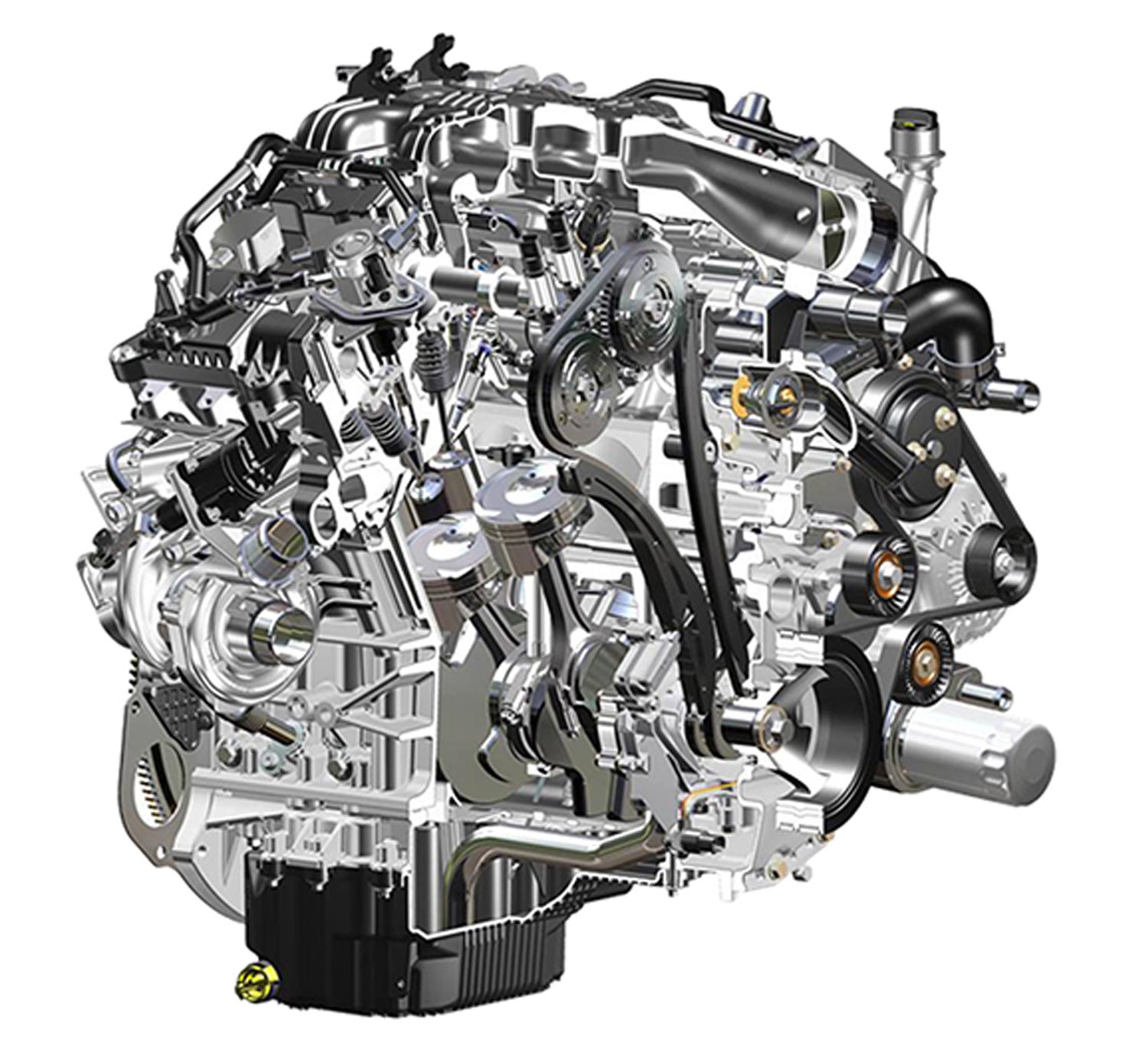
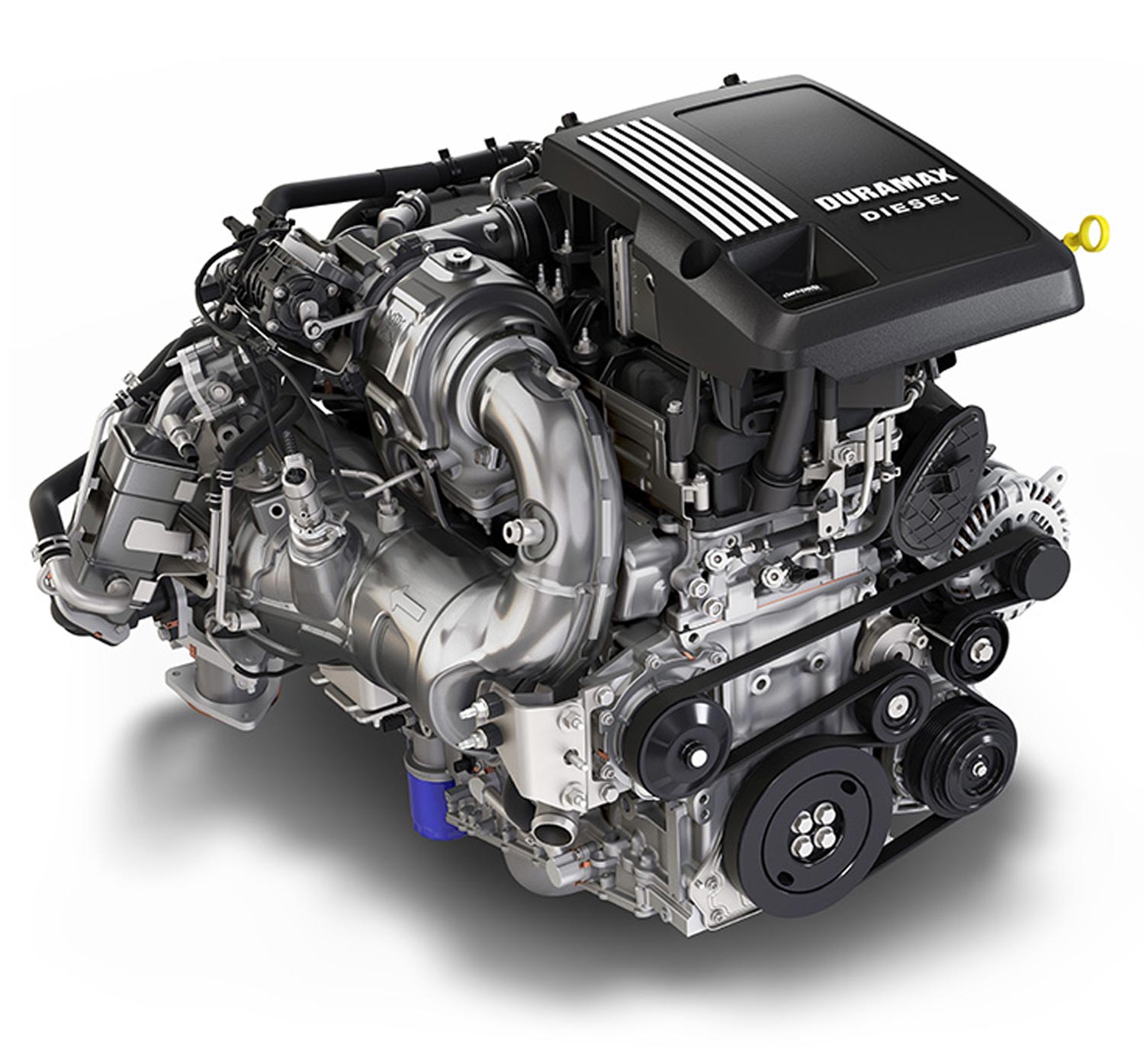
Kendall Fulton
To put that into perspective, consider: a current model Chevy Silverado 2WD with the 3.0-liter Duramax achieves an EPA-estimated 23 mpg city/33 mpg highway and 27 mpg combined. Compare that to the same truck with the popular 5.3-liter V8 engine, which gets 17 mpg city, 23 highway, and 19 combined. That’s a big difference in fuel economy. The 3.0-liter Duramax isn’t available until you arrive at the mid-grade LT trim level, so if you compare apples-to-apples at the same trim grade, the Duramax costs around $1,000 extra. With an EPA-estimated annual fuel cost of $1,850 for the Duramax compared to $2,450 for the 5.3-liter V-8, you can see that the diesel option will pay for itself in a little more than a year.
Towing capabilities for the two engines are comparable: The Duramax in the same 2WD truck will tow up to 9,500 pounds compared to the 9,700 pounds with the 5.3 (without a towing package).
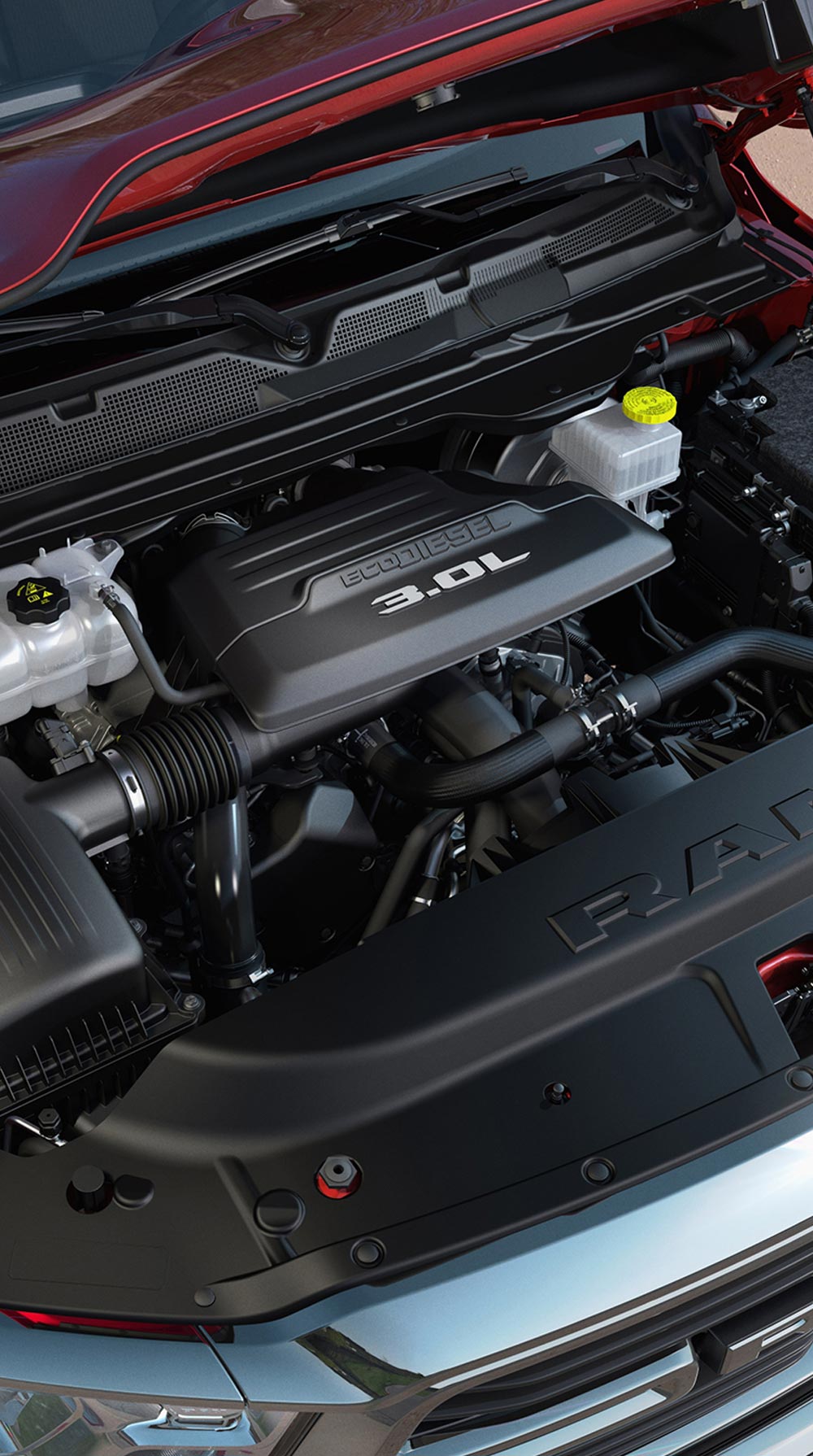
In summary, there are no longer clear-cut lines when it comes to gas and diesel choices. Newer gas engines offer some capable, economical choices in heavy-duty trucks while a diesel offers greater fuel economy and impressive towing capacity for half-ton customers. It all comes down to crunching the numbers for the truck model(s) you’re considering, intended use and budget — you really can’t make a bad choice.
Already a Subscriber? Click here for Access to the Full Issues.

